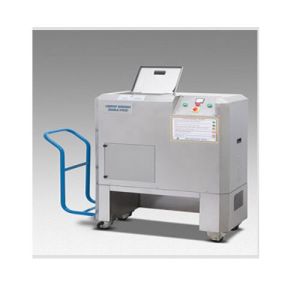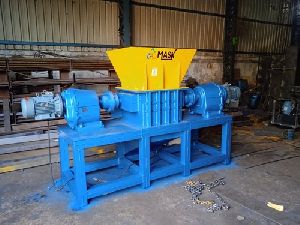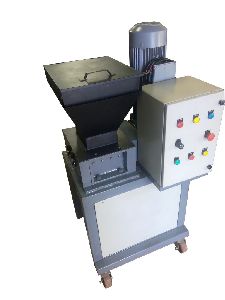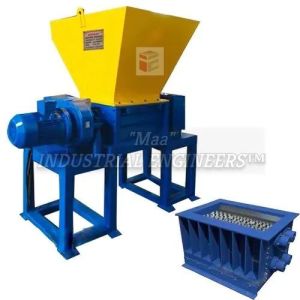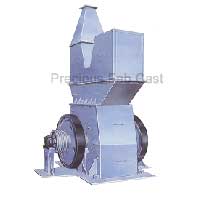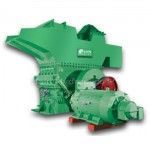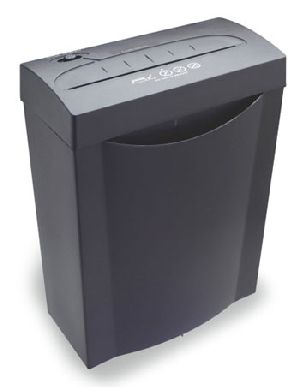The Vikram plough, Model “Vikram -9” is indigenously developed by Balwan Agro Industries Pvt. Ltd., is a reversible four-share plough with 180° rotating bodies, mounted to the tractor’s three-point hitch (IS:4468-1997) via a headstock.The implement is normally used to break up the soil at a medium depth (up to 350 mm*), in particular allowing the efficient deployment of the reversible ploughing technique. It is able to work in both the “in-furrow” and most prominently “out-furrow” configuration thanks to the considerable lateral movement compared to the tractor, obtained using a specially design hydraulic system. Thespecially design framestructure allows the plough to line up in a balanced position prior to rotation, so as to avoid excess exertion of the tractor lift during the body rotation phase (180°). The plough consists of a single main Y- shape beam, onto which the working bodies are bolted. The beam also houses parts used to adjust working depth and width. The beam can rotate, via a hydraulic system, around a horizontal axis parallel to the forward direction of the tractor, thus with a half-rotation (180°) one or the other set of bodies can be brought to a working position. The headstock linking up to the tractor’s three-point hitch(IS: 4468-1997) is fitted with Y- frame main chassis which uniformly distributed all load on it and react like a suspension device, which manipulate with shocks and absorbs them to the tractor during transport and end-of-field manoeuvring phases, enhancing stability and facilitating the positioning of the plough for both the working and transport phases, without having to detach the third point. The working bodies consist of a share with a reversible blade, used to horizontally turn the soil, a universal mouldboard, which turns over the soil in a lateral direction, an adjustable sole, which helps to keep the plough stable in a longitudinal direction, and a vertical face that prevents the soil of the compact wall from breaking up into the just opened furrow. Working depth is adjusted via a hydraulic cylinder fitted into the frame; The same cylinder realigns the plough prior to turnover and helps to memorise the working width, so that after a turnover cycle the plough returns to the previously set and checked width thanks to a slat located on the frame and visible from the tractor cab. Hydraulic adjustments are possible even when the plough is buried, thus facilitating work close to obstacles. To adjust ploughing depth in th





